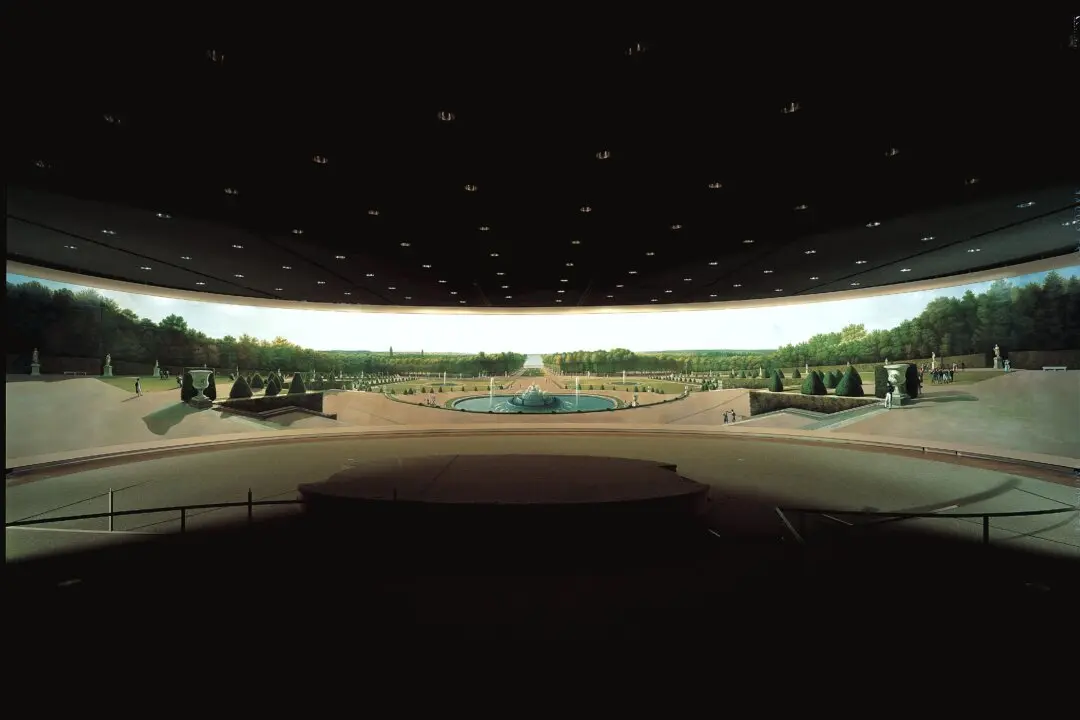There is a rich tradition of quilt-making in America, but the domestic art of quilting can be traced back to the Middle Ages in Europe and Asia. The English word “quilt” was first used in the 13th century and is connected to the Latin “culcita,” which means cushion. Quilts were made as a basic necessity, to celebrate specific life events, to highlight a needleworker’s skill, and for political advocacy.
In most cases, a quilt is a bed cover constructed of two fabric layers with padding sandwiched in between. The term “quilting” refers to the stitching of the layers together. The two main techniques for making quilt tops are appliqué and pieced work, also known as patchwork. For appliqué, the artist creates patterns with multiple layers of fabric that are both solid and printed. Piece work entails sewing fabric portions together for a flat design. Both of these styles can be further decorated with embroidery. Complex quilts require great needlework skill and methodical design organization.





